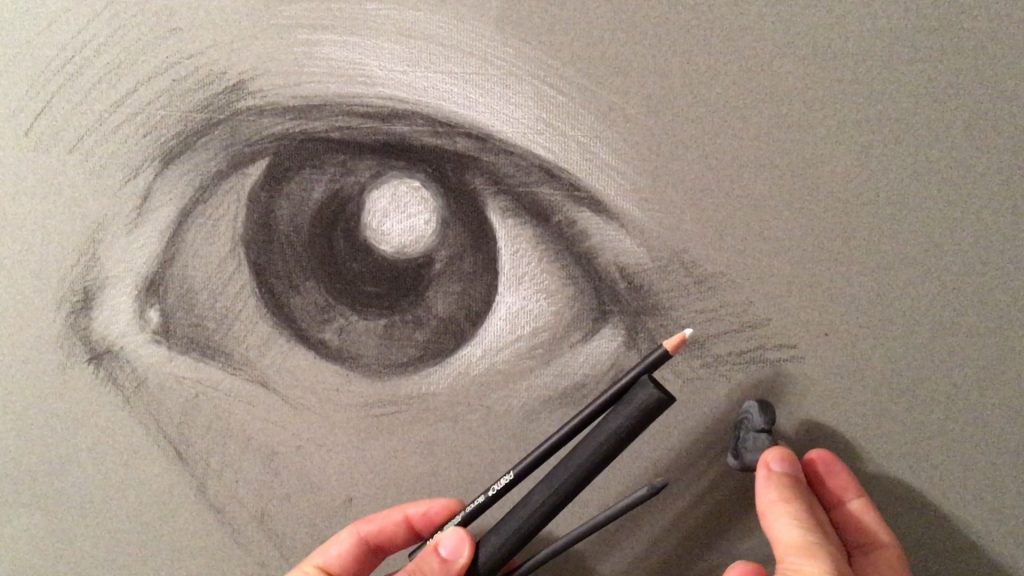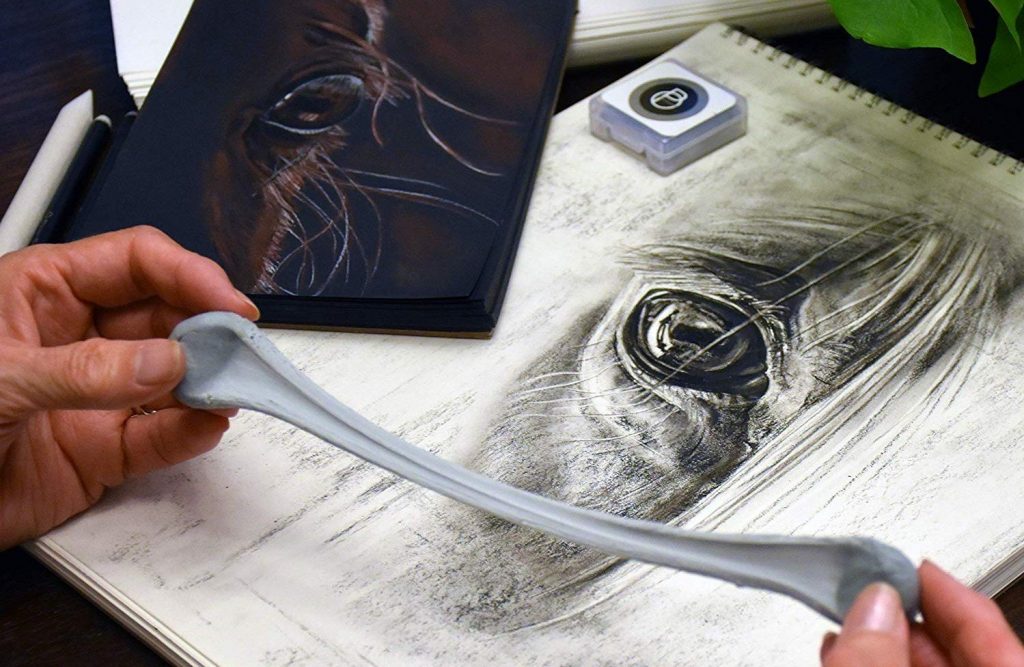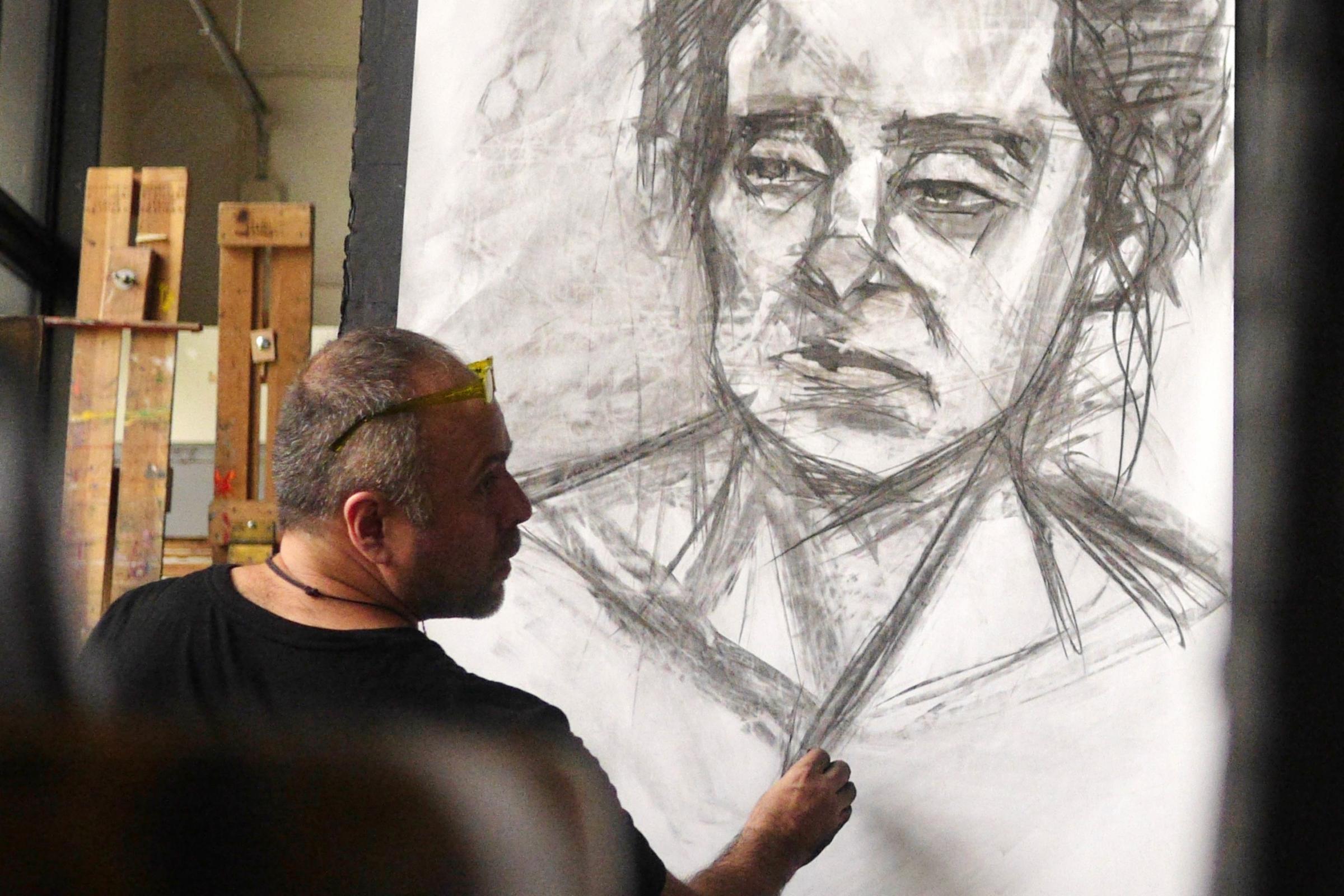How to Get Started with Charcoal Drawing: Acing the Basics
In our home, we love a craft project. Another form of art that I love doing myself is charcoal drawing. Maybe because it’s so quick to complete with immediate results, or that the final result is so impressive. Either way, I simply love charcoals!
One of the things that I really enjoy with charcoal drawing is that it teaches you to look at your own drawing in a different way. As there aren’t many colours to work with, you are forced to focus more on light and dark shades. This helps you to improve your overall drawing and painting techniques. Popular with portrait and landscape artists, charcoal can be used to produce drawings of absolutely anything. Once you get to master some simple techniques, you’ll be surprised by what you can produce.

It’s true that charcoal drawing can be a little messy, but for me it’s part of the fun of using the variety of charcoal drawing materials. Why don’t you allow yourself to get a bit messy and explore the effects you can achieve with charcoal? Don’t worry if you don’t have any experience with it. Another great thing about this form of art is that it’s suitable for artists of all levels.
And when it comes to which materials you need for charcoal drawing, you only need to get a few to start making your own charcoal art. Below I’ll list the essential materials you’ll need to get to be able to create your own beautiful charcoal drawing.
Selecting the Charcoal and Materials
When shopping for charcoal drawing materials you’ll see that there are many different varieties of these tools, each with its own attributes. Which one you choose will depend mostly on your personal preference.
Hard vs Soft
Charcoal, like drawing pencils, comes in a variety of different hardness ratings. The harder the charcoal the lighter the line will be on the paper. Some artists like to use very soft charcoals due to their ability to blend or make deeper lines. Others prefer to use medium rating charcoal that lies between hard and soft.
The drawing charcoal art tools are rated for hardness with a number and a letter – H refers to hard and B to soft. 3H pencils are often the hardest and 3B the softest. HB is the centre rating that is between the two extremes. With charcoal, HB is the hardest and 6B is the softest.

Remember that soft charcoal will make darker lines and will be easier to smudge while harder charcoals will produce a cleaner, sharper edge. Based on your drawing style and technique, you’ll prefer one over another. For instance, if you prefer to crosshatch, you’ll achieve better results with HB charcoal. But if you like to smudge and highlight, you may find it easier to use a 4B to 6B charcoal.
Vine Charcoal
In addition to using charcoal compressed into a stick or placed in a pencil, sometimes you can try drawing with a piece of charcoal made from burned sticks or other items. Vine charcoal, for example, is a popular drawing medium that is sold in long sticks. It’s made of charred pieces of grapevine and has a long, thin, and slightly curving shape. A little bit harder than compressed charcoal,l and also more delicate, vine charcoal is perfect for creating very light, fine lines and shading throughout a drawing.
Holders
Charcoal drawing can get pretty messy, particularly when using the softer varieties. For this reason, you may require additional charcoal drawing materials, like a holder made of either plastic or metal for the charcoal. This is also great for making your charcoal piece a little longer, making it easier to hold.
Knead Eraser

Although there are various types of erasers that work well with charcoal, the kneaded eraser is probably the best. Due to its softness, it can be moulded and manipulated by kneading it like dough or clay. You can also use the knead eraser in different ways, like a traditional eraser to remove a section of the charcoal and create a highlight, or as a tool to smudge some of the charcoal into finer, lighter areas.
Paper Cone or Rolled Paper
You can use your fingertips or a kneaded eraser to smudge charcoal, but you might find it helpful to have a paper cone or a piece of rolled paper at hand as well. You can use the paper cone to smudge and blend the charcoal. Unlike the eraser, the paper cone won’t remove any from the page, making it ideal for creating shadows and shading without having to add extra marks to the page.
Drawing Paper
The most economical way to produce the number of drawings you’ll need to perfect your technique is by drawing on newsprint. This type of paper is also good for working with the charcoal medium as it allows the charcoal to produce a variety of marks and also smudges very easily due to the smoothness of the paper.
Charcoal paper is also a great paper option. The very fine texture of the paper takes the colour of the charcoal very well. Smudging with this paper is also easy but it creates a harder, more brittle line drawing than a smoother paper would. Using plain white paper is also fine when you’re just starting out. Consider experimenting with different paper and using charcoals of varying hardness until you find a combination that suits your preferences and style.



